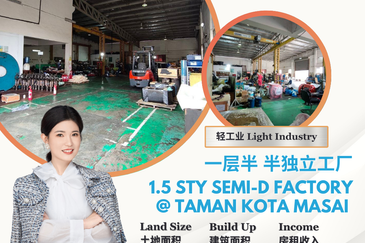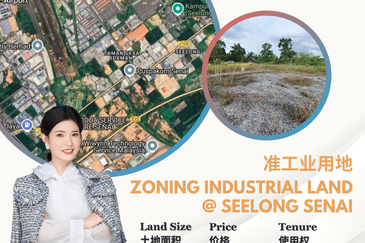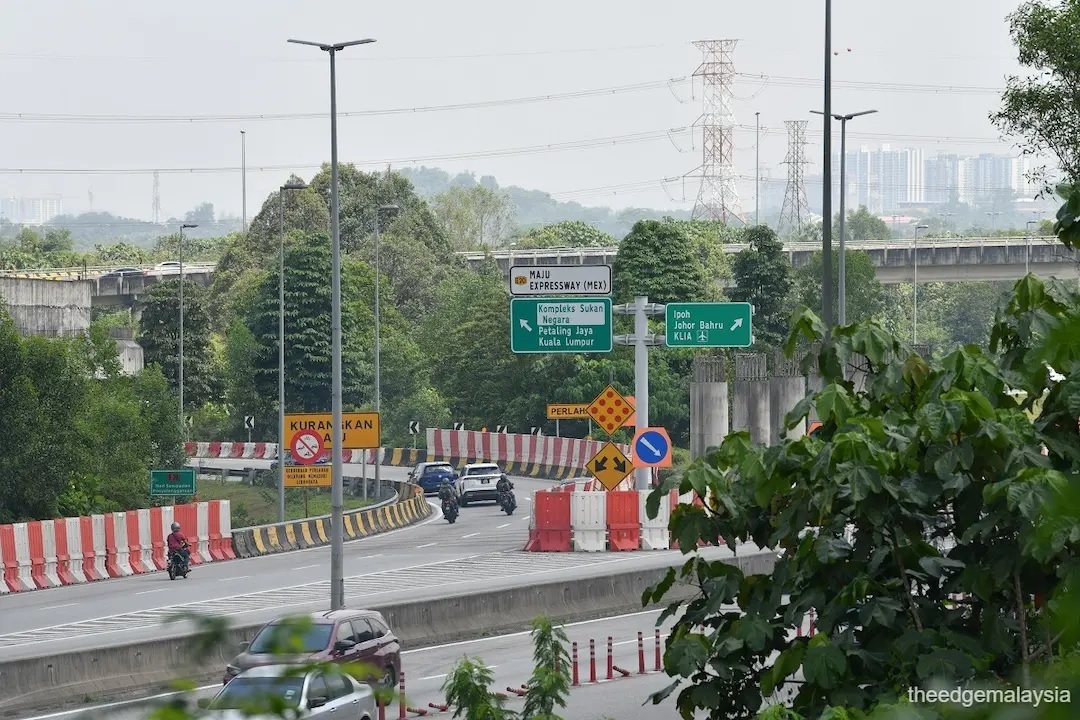
- The talks centre around a comprehensive plan that includes the cost to complete the project, cash flow management, traffic impact analysis, toll rates and other factors essential for ensuring the project's viability.
KUALA LUMPUR (July 31): The government is in the midst of finalising discussions with the receivers and managers of MEX II Sdn Bhd to determine the best solution for completing the stalled Maju Expressway extension (MEX II) project, according to Works Minister Datuk Seri Alexander Nanta Linggi.
The talks centre around a comprehensive plan that includes the cost to complete the project, cash flow management, traffic impact analysis, toll rates and other factors essential for ensuring the project's viability.
"The planning and direction of the MEX II project will be coordinated by the central agency together with the relevant ministries and agencies, particularly in relation to the financial model. This will take into account appropriate parameters for assessing the project's viability, including technical aspects," the minister said in a written parliamentary reply on Thursday.
He was responding to an inquiry from Yeo Bee Yin (PH-Puchong), who sought updates on the status of the MEX II project, whether the concessionaire required government approval for claim applications, the funding needed for completion, and if additional funding would lead to higher toll rates.
MEX II, also known as the MEX extension, is a planned three-lane dual carriageway designed to link the MEX Putrajaya Interchange to the KLIA highway. Construction on the project began in 2016 and was initially slated for completion in December 2019.
But the project came under scrutiny after missing its completion deadline, with delays primarily attributed to financial constraints experienced by MEX II Sdn Bhd, the project’s concessionaire. The company ultimately could not complete construction.
The concessionaire is a subsidiary of Maju Holdings Sdn Bhd, which also owns Maju Expressway Sdn Bhd—the operator of the original 26km Maju Expressway connecting Kuala Lumpur to Putrajaya and Cyberjaya.
To finance the extension, the concessionaire had issued a sukuk but began defaulting on the principal and profit payments in 2021. Subsequently, the company was placed under receivership in May 2022.
In early May this year, the Malaysian Anti-Corruption Commission (MACC) reportedly seized various assets, including luxury vehicles, jewellery, designer handbags and cash totalling RM32 million, from a Tan Sri. This followed MACC's confirmation that it had opened three investigation papers related to alleged bribery and false claims involving the MEX II project.
On July 3, MACC chief commissioner Tan Sri Azam Baki was reported as stating that 61 witnesses had been called to assist in the investigation.
On Thursday, the minister reiterated that the MEX II project is fully funded by the concessionaire under a privatisation model via build-operate-transfer (BOT).
He explained that all project progress verifications, including progress claims, are reviewed and verified between the contractor, concessionaire, supervision consultant and independent checking engineer, and are submitted directly to the sukuk holders.
“The project's progress claims do not require approval at the government level, as it involves private financing,” he added.
Does Malaysia have what it takes to become a Blue Zone, marked by health and longevity? Download a copy of EdgeProp’s Blueprint for Wellness to check out townships that are paving the path towards that.
TOP PICKS BY EDGEPROP

Desa ParkCity (Zenia)
Desa ParkCity, Kuala Lumpur
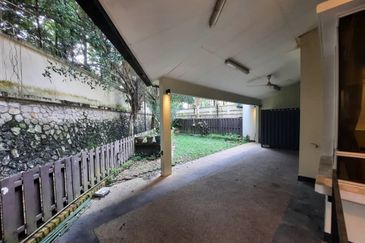
Desa ParkCity (Adiva)
Desa ParkCity, Kuala Lumpur
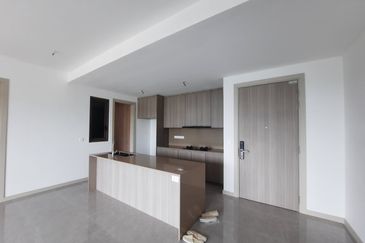
Park Place @ ParkCity
Desa Parkcity, Kuala Lumpur

Desa ParkCity (Safa)
Desa ParkCity, Kuala Lumpur

Desa ParkCity (The Breezeway Garden Condo)
Desa ParkCity, Kuala Lumpur

Desa ParkCity (SouthLake)
Desa ParkCity, Kuala Lumpur

Desa ParkCity (Adora)
Desa ParkCity, Kuala Lumpur

Desa ParkCity (SouthLake)
Desa ParkCity, Kuala Lumpur

Kawasan Perindustrian Pasir Gudang
Pasir Gudang, Johor

Kawasan Perindustrian Pasir Gudang
Pasir Gudang, Johor

Kawasan Perindustrian Pasir Gudang
Pasir Gudang, Johor

Kawasan Perindustrian Taman Johor
Johor Bahru, Johor

.jpg?NwofudRrglwzEZaDYk9d0.bCdaGAsHfZ)



